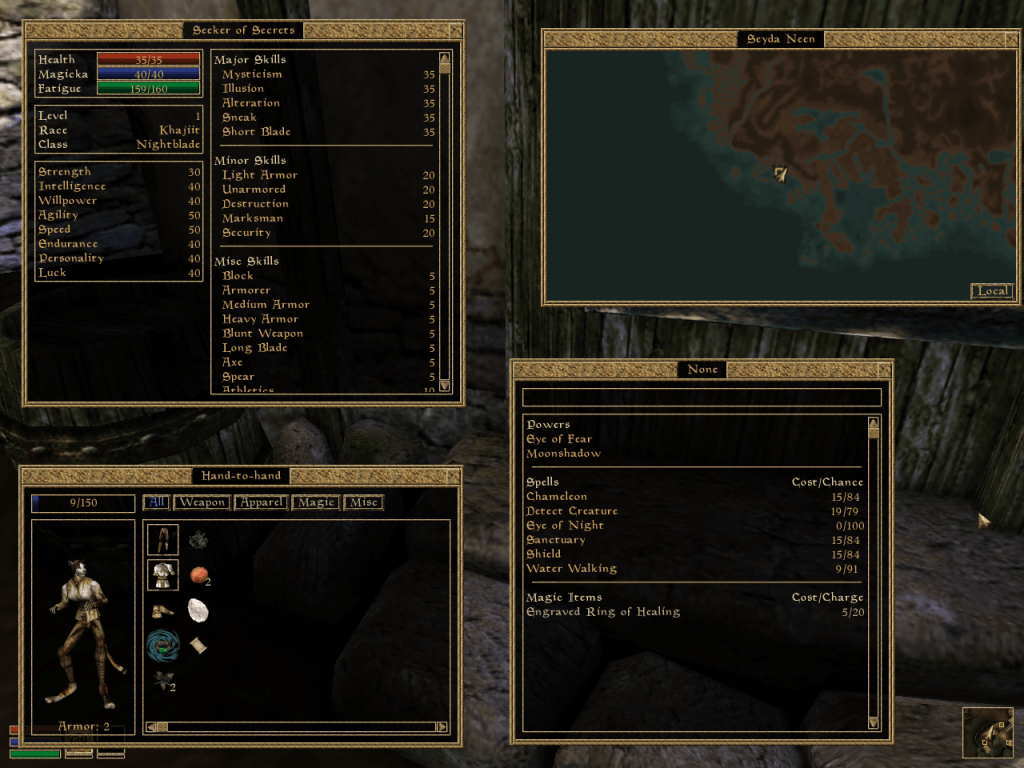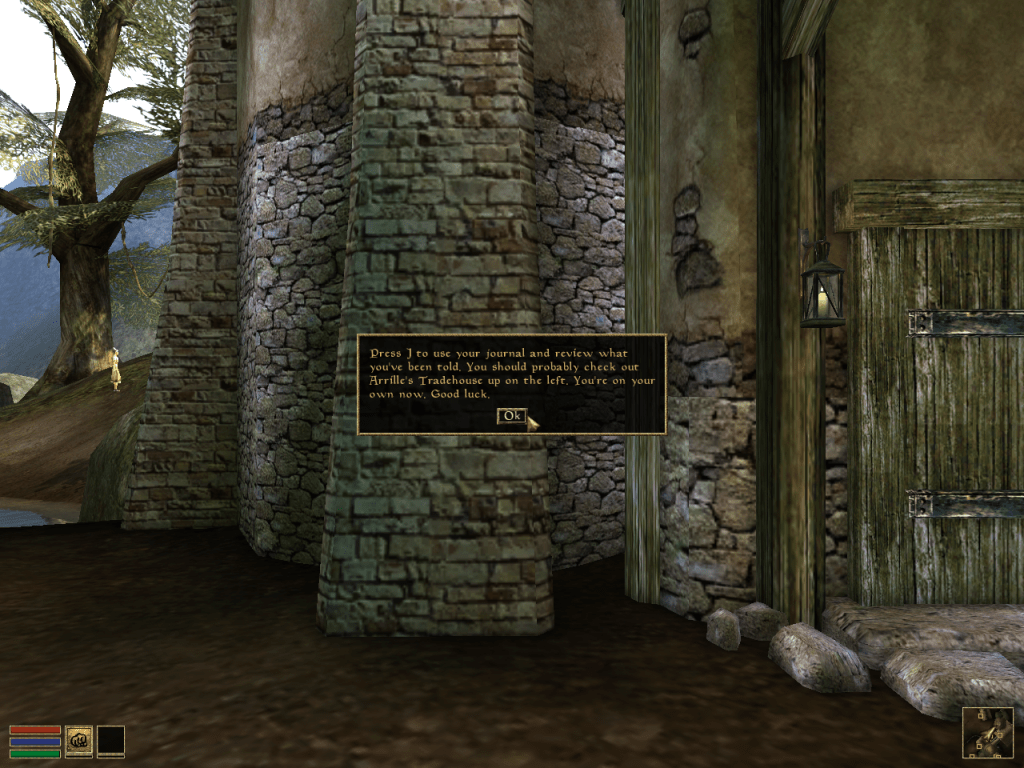Introduction
The reason that I started writing and researching warhammer again has been the joy reading materials for the roleplaying game Warhammer Fantasy, specifically the supplement Altdorf: Crown of the Empire, the supplement that allows you to play adventures in the capital of the Empire. There are large collections of descriptions of quest hooks, characters and storylines, as well as a large amount of descriptions of the streets, districts and institutions that are present in the town. I wish to discuss the setting, the characters as well as the tone and writing style of the supplement as well as the rest of the series.
Comedy and grounding
One thing that I have discussed earlier and that are very much part of this supplement is the tone of the writing. There is a reference to everything that is written in the supplement. The Altdorfer’s like to see themselves as master engineers, artists and aristocrats. but are in fact quite the opposite. The buildings of Altdorf are described both in drawings and in descriptions to be quickly built, hastily prepared and rickety. except for the buildings either built by Elves or by Dwarves.
The grand cultures enjoyed by all are theatre, in a deeply Shakesperian tone, that most pretends to enjoy for the visuals of it. On the streets are things like pig chasing and pie eating contests enjoyed by nobles, learned and peasants alike. The city itself is described as smelly and almost unbelievably so, with a reeking river going through the centre of the town. There are many strange districts of the city, from the warped magic district to the deep and dark slums.
There are many organizations, from the high and mighty royal houses that pretends to care about the poor while taxing them deeply. There are also the revolutionary factions of P.L.A.N.T that despite their egalitarian and positive goals are sadly engaged in infighting and any official critical power. Despite this is it clear that the narrative is always with the poor, revolutionary and the downtrodden.
By now will the setting remind you of another setting, namely Ankh Morpork of the Discworld series by Terry Pratchett. This is indeed an apt comparison, and I found a lot of comparisons to the british writer as well, to the point where the supplement has their own version of Captain Sam Vimes in the setting, a gruff captain of the guard, forced in to leading a progressive new guard while he would rather drink and patrol all night.
The Pratchian comedy can be found in many places, as well as the target of the comedy, as in there are always the cruel, powerful and hypocritical that are the target of this derivement. All of this leads to a very enjoyable read, and is a breath of fresh air compared to a lot of the other things that the company has released, especially in the Warhammer 40k setting, see my earlier series.
Queerness and minorities (woke, actually)
Fantasy has sadly never been the most inclusive of genres, and I am afraid that warhammer fantasy in general has not been an exception to this. Warhammer fantasy has often fallen into a trope of writing that plagues many Games Workshop franchises. This would be the concept of the girls club. Where the women of a faction are truly and definitely a part of the faction’s army, it just happens that all of them are in their own little corner of the faction, put in a unit, army or group made out of all women. Not to mention other minorities or anyone that falls outside of the genre of straight, cis, and white.
Warhammer RPG is a breath of fresh air in this regard. There are women, there are queer individuals, and most interestingly is there an open transman in the form of the ship’s architect Herr Arnold Spald. It is made clear in the text that his crew is fully on his side, and that anyone that has a problem is “politely made to remove themselves”. There are also openly gay and lesbian characters as well as individuals from outside of the empire described at the same level as the ones from inside the empire.
Justice and revolution
There is a clear political message in the Warhammer Fantasy setting regarding the Empire. The Empire itself is shown to be inefficient, somewhat corrupt and ruled by the inept elite and the zealous and cruel. There is one grand exception to this, the downtrodden and the poor, as well as those that fight for equal rights, while having jokes written about them are always seen in the right, and always having the sympathy and empathy of the narrative. It is always clear that the corrupt and lazy lords are always in the wrong.
The rich are seen as dumb, cruel and simpleminded, partly by the Altdorf students organizations of the Karl Franzers. A bullying fraternity that makes fun and territories the so called Inkies, or students that have joined higher learning for learning itself. There’s a clear divide between those that are studying by birth and those that are studying by skill. Fans of Pratchett’s work will recognize the same dynamic in the Assassin’s Guild.
This class struggle is one that can be seen on many modern campuses, even more so when the money your parents had directly decided if you had the right to learn to read or not. The rich and powerful are often depicted as just as uneducated, and often dumber than the general public.
These are themes that very much echoes their inspiration of Terry Pratchett’s Discworld. And there are in fact many comparissons that can be found both in defense of queerness, and in the defense of those that are oppressed and abused on the socioeconomic ladder. Like terry pratchett are these not a black and white picture, and there are indeed those in a privileged position that tries and do go good.
Gods, magic and silliness
Magic is described in the Warhammer Fantasy world to be something truly amazingly dangerous, and mind bendingly evil. It has the power to turn you into a multiplied several mouthed monstrosity or break your mind beyond repair. What makes the text interesting is that it still keeps the comedic side to the much darker descriptions of magic that can be found elsewhere.
It is true that magic is still very dangerous, and magic users are shunned and many factions would like to see them killed. With that said is the area where the arcane college is described with an air of dark comedy, the area is described as often being transformed in strange and mysterious ways. Entire streets have been transformed in wonderful and majestic ways, except for the streets of the pyromancy department, they were simply burnt down.
The wizards themselves are described as strange and eccentric, and their personalities are to some degree exaggerated by the various forms of magic, so fire mages are easier to anger, and nature mages find towns and cities claustrophobic.
Peppered around the description of the pantheon of Sigmar are the mentions of the old gods, and their workshop. These are often given a lot more empathy than the very catholic coded Sigmarites. The aesthetics might be a bit condescending and tonification of the Celtic faith, but they are mostly treated with respect. At some parts they are seen as primitive and strange for wanting to bathe in sacred springs, but this is more seen as eccentricities than anything malicious.
Sigmarites, the followers of Sigmar are often seen as zealous, aggressive and brutal in their treatment of others. Witch hunters are a thing that exists within the universe and they do exactly what their name entails, as well as hunting vampires and demons. The Sigmarites are made up of several factions, one more jealous than the other, all looking at themselves as the true faith. I imagine I don’t need to point out the obvious allegories ast play here.
What makes the Sigmarites and Witch Hunters interesting in Warhammer Fantasy is that they are mostly right. That is to say, untrained and unsupervised magic users are objectively dangerous. If you cast a fireball spell wrong you might summon a horde of demons to your doorstep, or turn yourself inside out, or unleash a plague of blood boils on your neighborhood. This is a narrative point that Games Workshop loves using. The protagonist’s human factors often do incredibly heinous and repressible things, but they are often justified by the universe being so much worse.
Final thoughts
In this essay have I gone through the one text that made me inspired to go back to the Warhammer series again. The pure joy I had reading through this text made me inspired to once again get back into text analysis and discussion. The text itself is in my opinion well worth picking up even if you are not interested in Warhammer, but are a fan of fantasy, and especially if you are a fan of Terry Pratchett’s work.
The text is a grand example of the fact that Warhammer is not always grim and dark and can often be rather humorous. It is a setting that keeps its inspiration on its sleeves, and for its good I would say. There is darkness and horror, yes, but there is also space for levity and humor, as well as the sensation that the person that the thing happens to kind of had it coming in one way or another. It is an interesting dichotomy to the often serious and depressingly dark fiction that one finds in Games Workshop’s writing.















